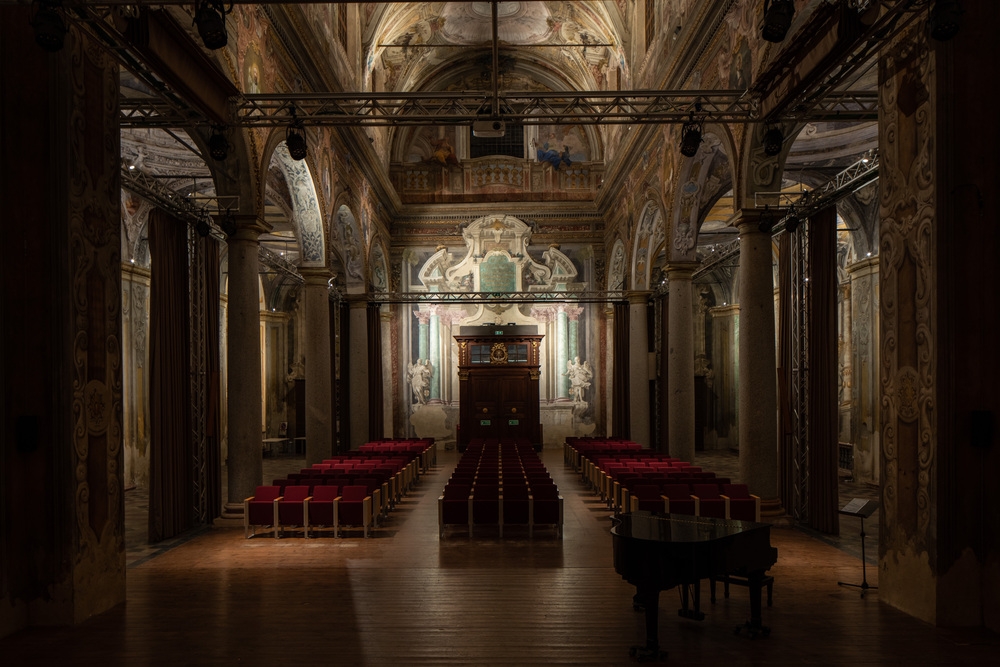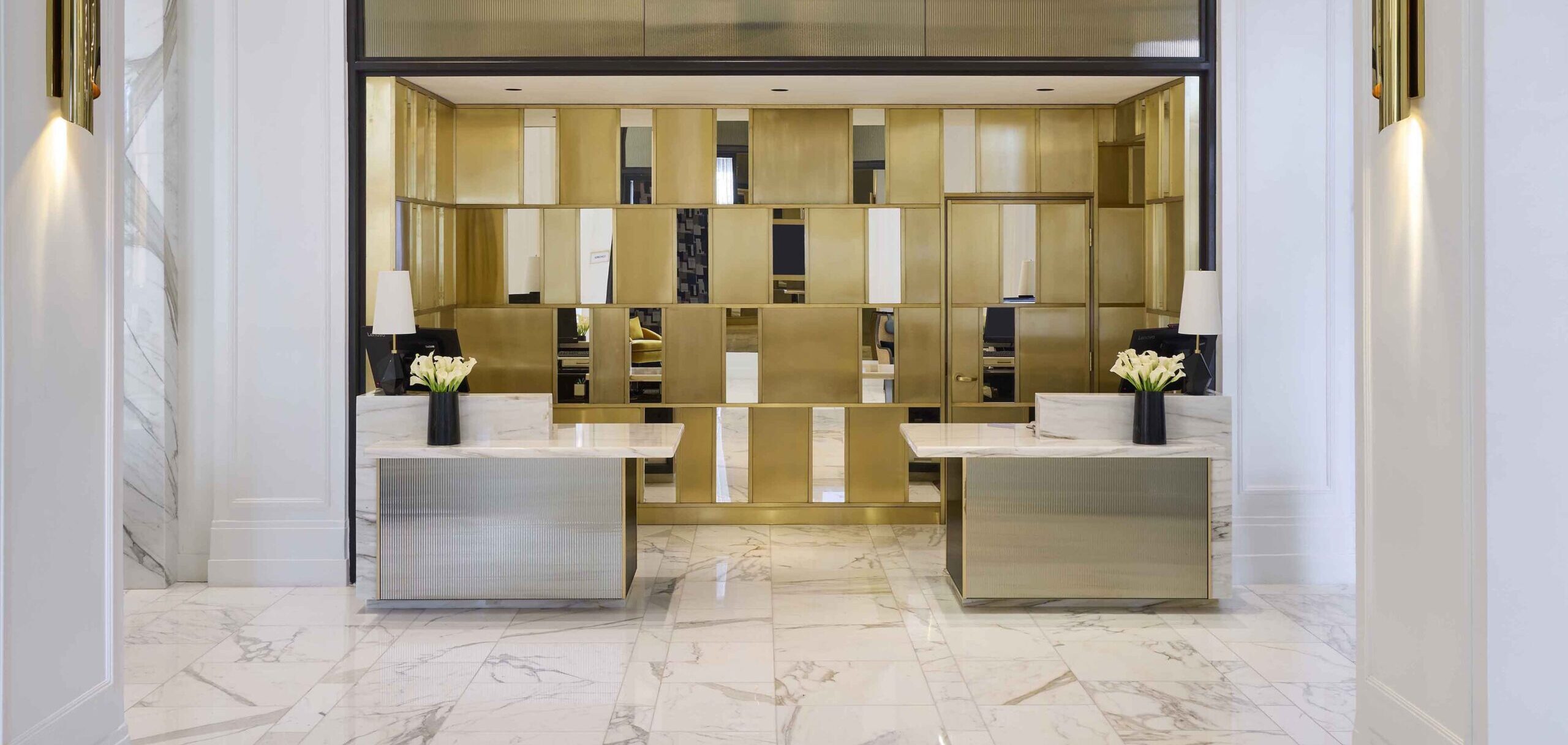Header: Oscar Ferrari
Art has been around since humanity can remember, and we are lucky to have a lot of works that have lived longer than their creators. Nowadays, we know the importance of keeping art well-kept because it is part of history that has lingered, plus, it’s just so pretty to look at. When one thinks of museums or churches (Sala dei Teatini, for example), one tends to forget how hard designers work to display the pieces respectfully and beautifully.
Art illumination is almost a science since the intensity and placement of the light can help bring an image to life or even destroy a painting. In three-dimensional works, art truly helps bring out each layer, and in more textured works, light helps enhance the elements of the composition. These are just some examples of how light helps display art’s truest forms, making lighting almost art in itself.
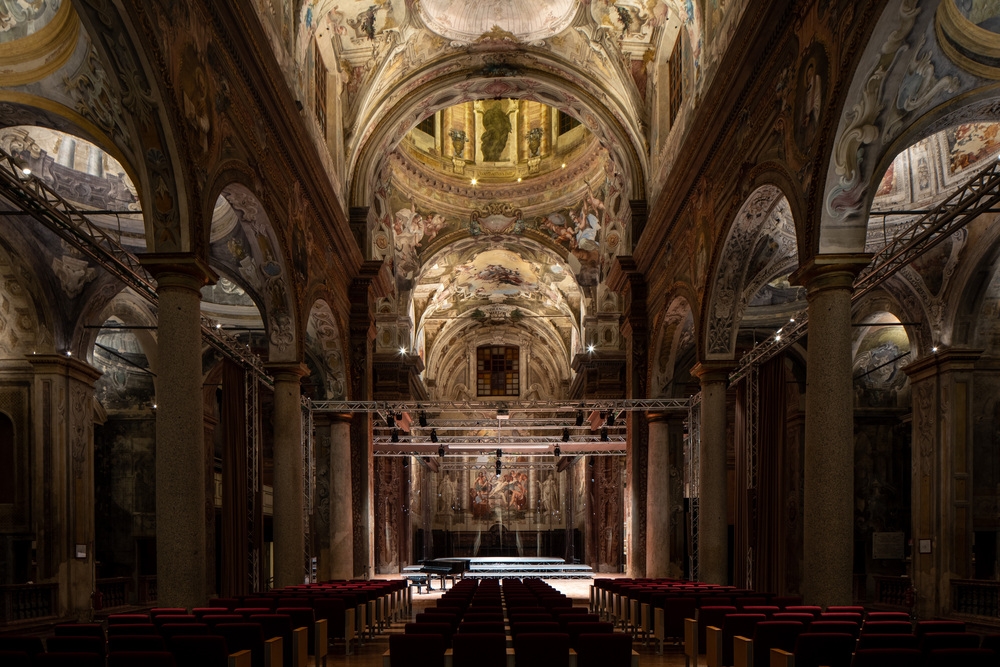
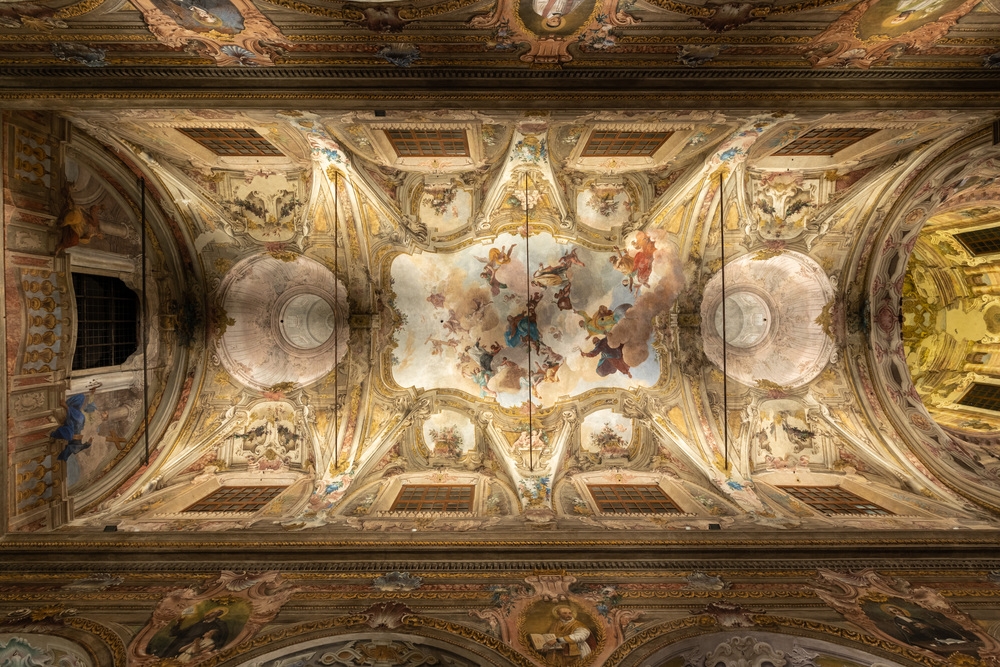
An old church’s rebrand
The Sala dei Teatini in Piacenza, Italy is a modern auditorium where the Luigi Cherubini Youth Orchestra, headed by Maestro Riccardo Multi, rehearses and performs. Before being an auditorium, Sala dei Teatini was known as the eighteenth-century Church of San Vicenzo. When entering the building, one can still admire the intact structure, the beautiful frescoes, and the religious architecture, making the Sala the perfect environment for enjoying art: architecture, frescoes, and music.
Such a beautiful space deserves a lighting design with equal quality that enhances not just the architecture but also the performance zone. I-DEA, the lighting studio responsible for the project, focused exactly on this mantra, applying it to the project under the guidance of lead designer Lorenza Golinelli. I-DEA is an Italian lighting studio that has gained a lot of experience in illuminating art, having gained a special artistic sensitivity that, combined with their technical rigour, can bring any house of Art to life.
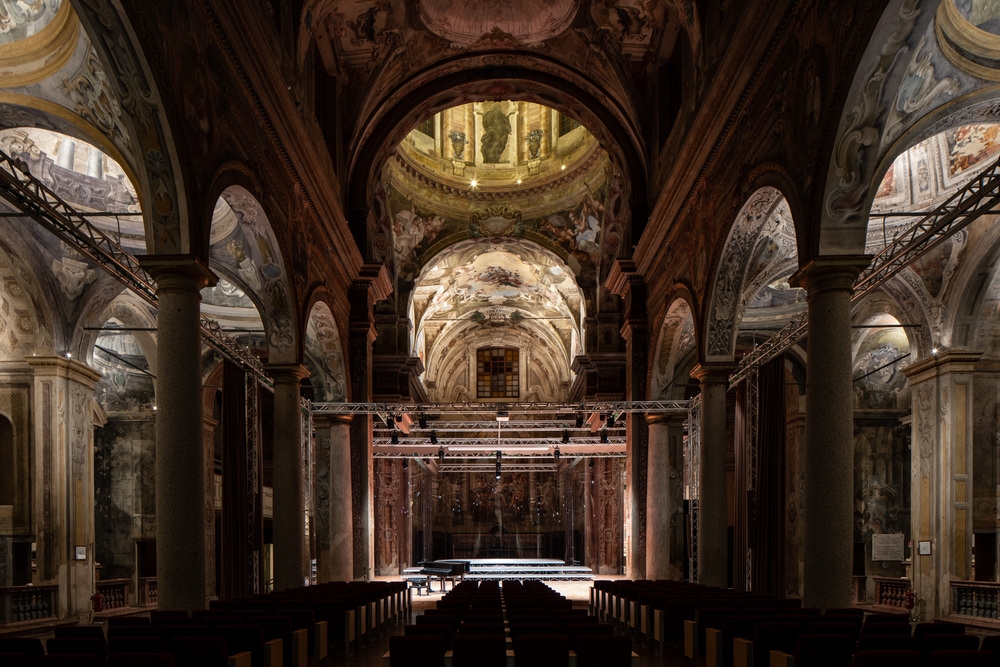
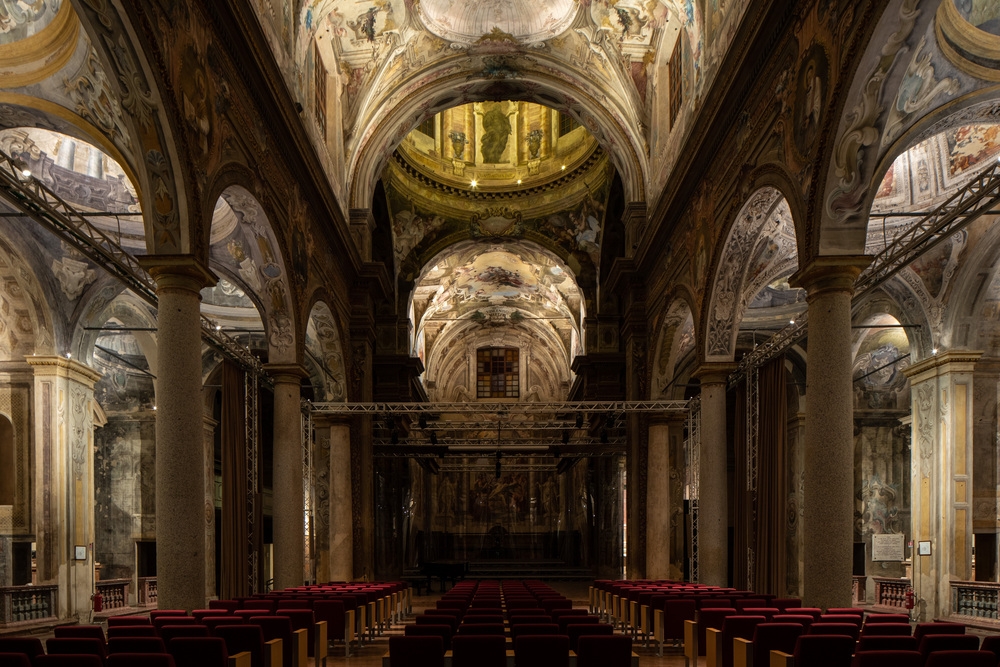
The many faces of lighting design
Lighting is also crucial when we think that musicians must rehearse in the space, so the auditorium’s lighting design had to be curated to allow every artist and guest to function freely. The architectural lighting enhances the ceiling frescos and the religious architecture, which are rich in detail so that the built environment can be thoroughly appreciated during events and rehearsals. The more functional side of the lighting design can be found in the stage light, which is flexible to be able to meet the requirements of any event and director.
The lighting system was completely redone, and all of the lighting elements are now dynamic full LED, which gives light artists the full freedom to alternate between intensity and placement, therefore changing the perceptions of the space depending on the event – and this can be done remotely.
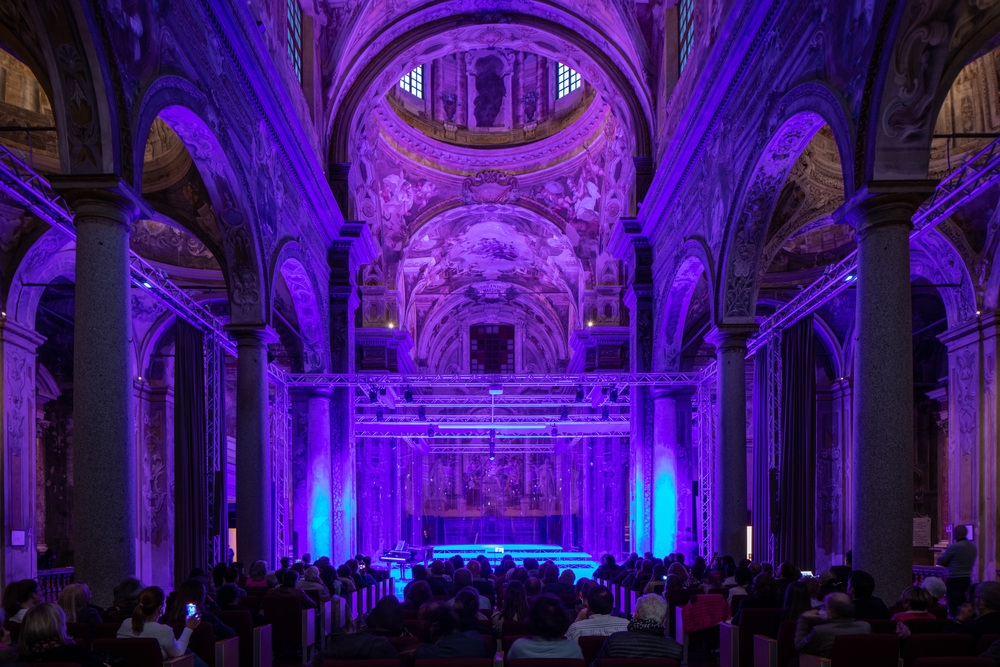

Specifics and sustainability
The architectural light sources’ colour temperature is 3000K and they have a high colour rendering index (over 90), which helps enhance the colours and figures of the frescos, bringing out the most authentic chromatic variation of the many-centuries-old art piece. Such a grand alteration to the space had to be done with the utmost care for the structure. That’s why so many agents from the provinces of Parma and Piacenza, plus the Foundation e Teatri Piacenza, participated in overlooking the project.
When replacing the original lighting structures, I-DEA decided to reduce the number of lighting fixtures from 255 to 228, which, because of the quality LED technology, provides the space with the same amount of light while saving on energy. It is noticeable that these specific lighting fixtures, even though there aren’t as many as before, generate more light and provide light technicians with more control over them, which not only improves the Sala dei Teatini experience but also saves 78.3% more energy than before.

